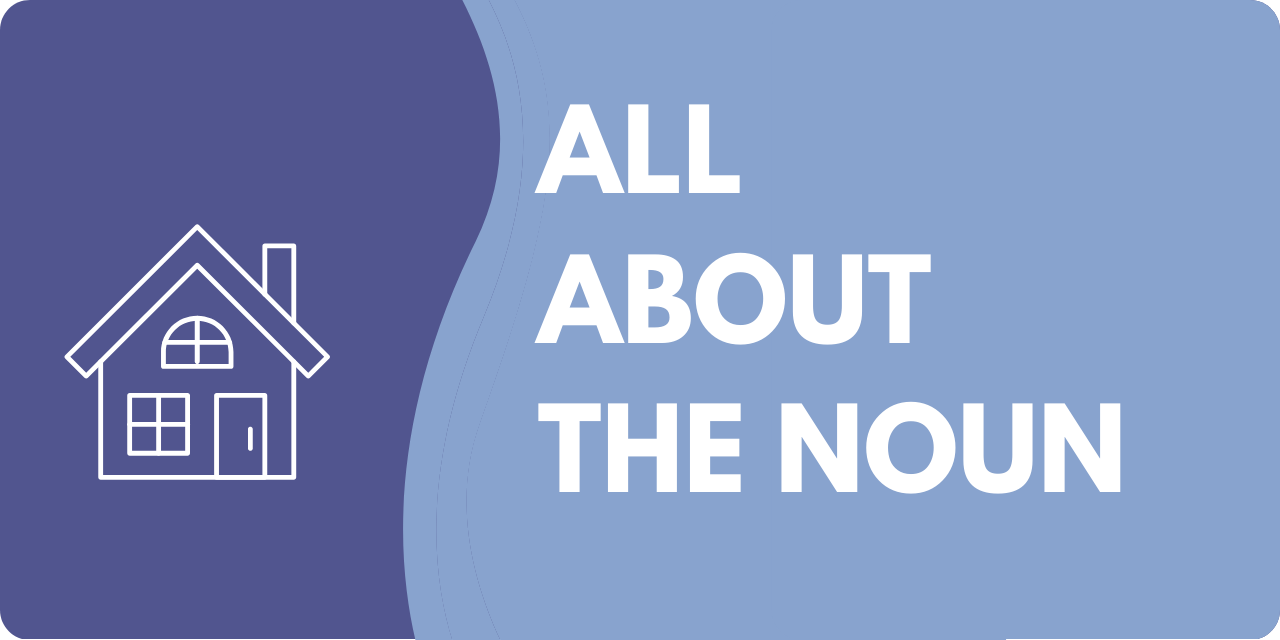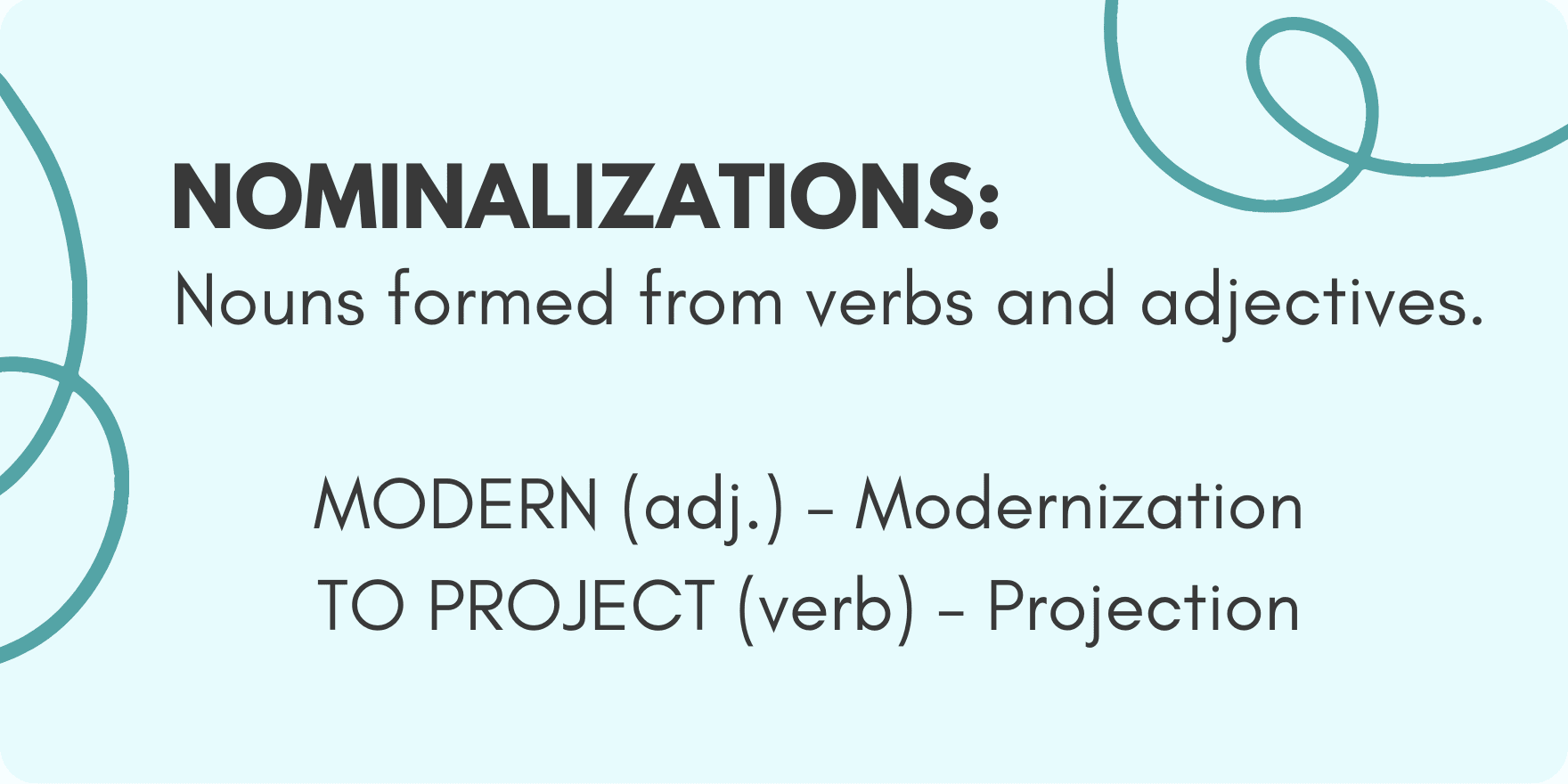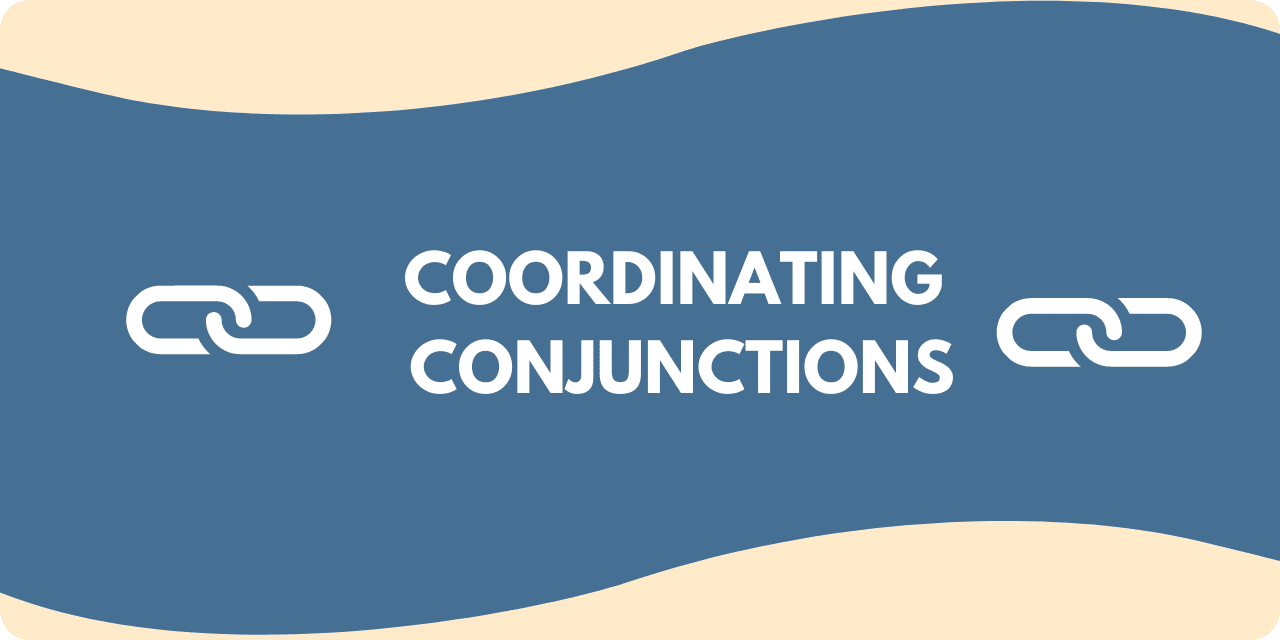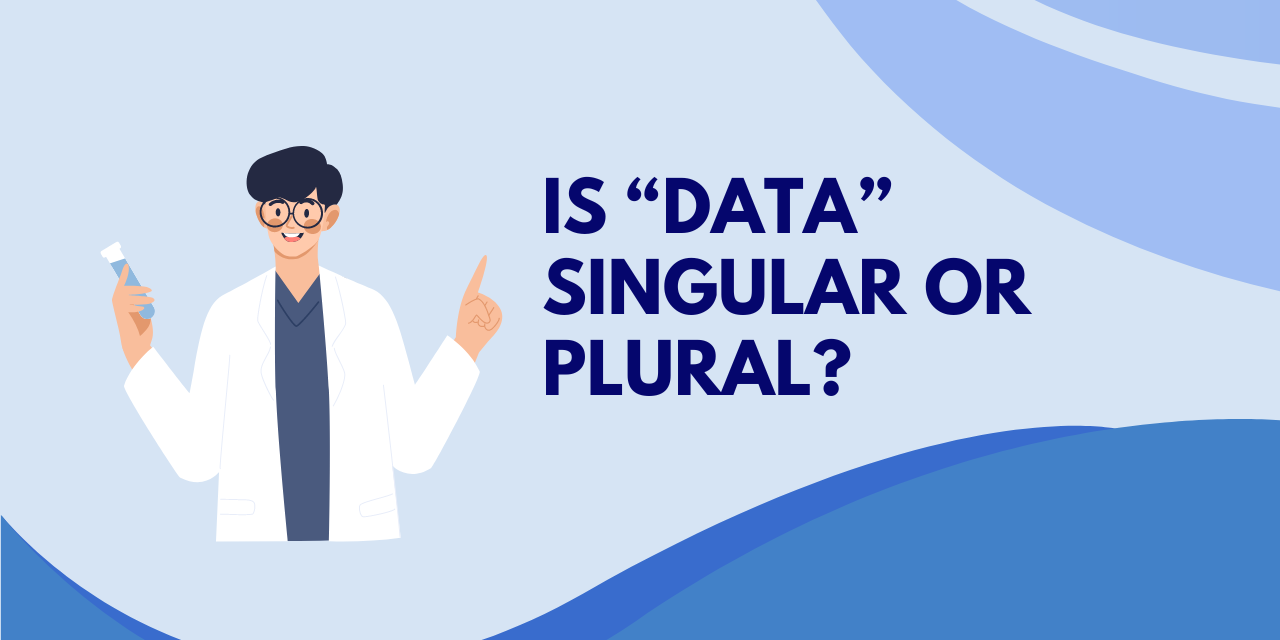Is it inbetween or in between? Here is the quick answer:
- “Inbetween” is an improper form of the word and should not appear in writing.
- “In between” is generally accepted in speech, but when writing, eliminate “in” and use the more concise “between” instead.
- “In-between” is grammatically correct when the word is used as an adjective, indicating an existence between two abstract intermediary stages.
Now let’s get to the nitty-gritty.
When expressions have a habit of appearing in many different forms, there will inevitably be confusion about which are correct and how to use each construction correctly.
“In between” also appears as “inbetween” and “in-between,” making it difficult to understand when to use each form. One of the forms is incorrect, one is unnecessarily redundant, and the other form works in a specific instance.
Let’s look at each of these options to determine when it is appropriate to use each one.
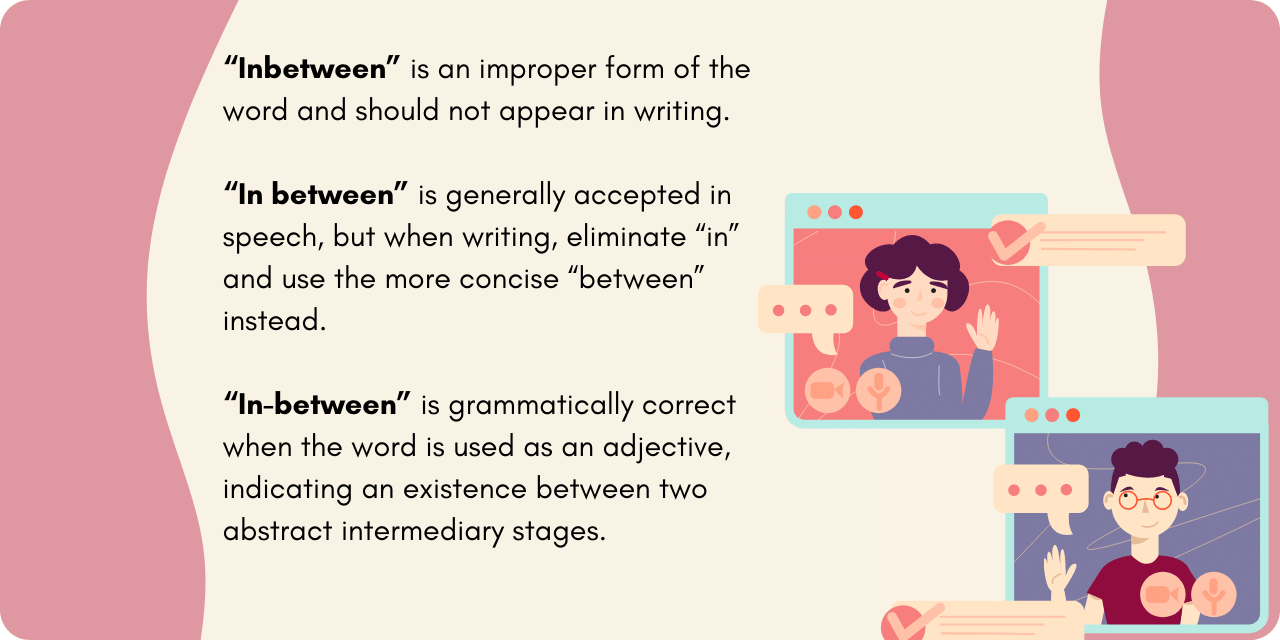
Inbetween
We can eliminate this option straight away, as “inbetween” is an unacceptable usage for any meaning of the intended term. This misspelling often substitutes for “in between” and “in-between” interchangeably because the writer is unaware of the distinction between the two words.
This expression is often used unsuccessfully as a preposition, indicating a specific location, one that exists in the center of two other nouns.
- The thief wedged himself inbetween the dumpster and the wall to evade the police.
Immediately, this construction triggers spell-check, which is not always an indication that the word in question is incorrect. In this case, however, you should listen to it and grant due consideration to whatever suggestion it makes as a substitute.
In Between
“In between” is our redundancy. It has become a common speaking habit to add the preposition “in” to its fellow preposition “between” to show that there are two people or objects on either side of the noun in question. In reality, the addition adds nothing to the sentence.
While friends, relatives, and even strangers may forgive this expression when used in dialogue, when writing, you should always use “between” alone, as it is more concise and to the point.
- When Angelica dropped her phone, it fell in between the couch cushions.
“In between” indicates where the phone exists concerning the couch cushions, but this is stronger:
- When Angelica dropped her phone, it fell between the couch cushions.
Notice the meaning is the same, but the sentence is stronger because it is more concise.
Using “between” is the better form; here are some more examples showing proper usage of this preposition to perform the same function.
- Jack sprinted between the leading runners at the last minute, winning the race.
Because of “between,” it is clear Jack passed with one runner to each side, rather than going around them or to their left or right.
- The kicker sprinted forward, and the football sailed between the posts for a field goal.
It would have been a miss if that shot had not gone through the two poles.
In-between
Rarely do the words “in” and “between” join forces to function as an adjective, but when they employ this superpower, they bring along a hyphen for the ride.
This usage is the only one of the three that is grammatically acceptable, as long as those words include the hyphen between them.
However, circumstances in which in-between is useful are limited. As it functions as an adjective, it needs to modify a noun or pronoun, and there aren’t many situations where that can happen. It usually involves abstract nouns rather than those indicating something more concrete, such as an object or person.
- The new plan is currently in an in-between phase as the full implementation will not happen until the end of the year.
Notice that “in-between” does not demonstrate a location between one object or person and another but instead modifies “phase.” When used in this way, it represents a transition period in which some aspects of the plan are in play, yet the final solution is pending.
- Brian tries to grow his hair long, but he hates the in-between stage so much that he usually cuts it.
Another half-way situation, “in-between,” means medium-length hair, which can be a problem for some people, especially if their hair is curly.
Remember, of the three, “in-between” is the only form that is grammatically correct, but only when modifying a noun to indicate an intermediate stage or transition period.
Want to sharpen your business writing skills? Discover our acclaimed online courses at syntaxtraining.com



